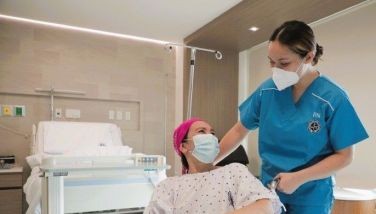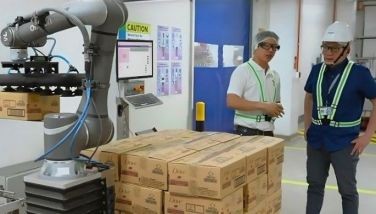Students read books not matched to their reading level - study
MANILA, Philippines - Reading is the foundation of academic success and lifelong learning, but the brutal fact remains that a majority of Filipino students do not possess the ability and motivation to read. In 2007, the Department of Education reported that 70% of our nation’s learners are incapable of reading within the expected level.
This is the situation of reading achievement in the Philippines as evaluated by Scholastic Inc., the world’s largest publisher and distributor of children’s books. For the past four years, Scholastic-Philippines has been emerging as a leader in educational technology and literacy education as it has been working to address the mismatch between readers’ ability and the level of reading materials students are required to read.
Scholastic’s Assessment and Enrichment Program for Reading (AEP-Reading), a supplemental reading program that aims to change the paradigm across the academic community, is now being used by 40 schools in the Philippines. The program helps schools enable readers and develop their love for reading.
Frank Wong, president of Scholastic Asia, reveals that Scholastic has been helping children around the world for 90 years now. “Reading is such a fundamental skill, and if you can get the kids to enjoy reading, the battle is half won,” he states. “Our Philippine office has achieved much success in this reading program, and now more Filipino students are reading better than they did before.”
The Assessment and Enrichment Program for Reading first determines the student’s reading level using the Scholastic Reading Inventory (SRI), a computer-adaptive reading comprehension test that uses the Lexile Framework. Through this system, the student’s reading ability is measured and set against the difficulty of the text.
Thoughtful professional development supports teachers and librarians as they implement a balanced reading program in their classroom, with monthly teacher coaching and peer observation. Parent education seminars are also conducted to further reinforce reading at home.
In measuring the growth rate for the reading ability of 38 partner schools for 2009-2010, Scholastic tracked the number of students reading below the expected level at the beginning of the school year, and found that the highest growth rate is 31 percent for one school, translating to more than a quarter of that school’s struggling readers now reading proficiently. The average growth rate was found to be seven percent which translates to 2,556 students reading better. Twenty schools out of 38 achieved this level of success for the said school year.
- Latest




























